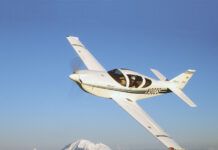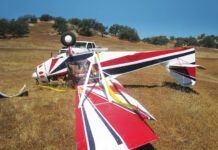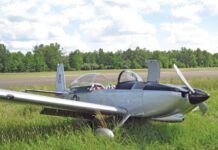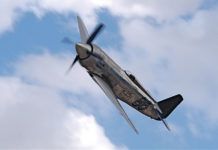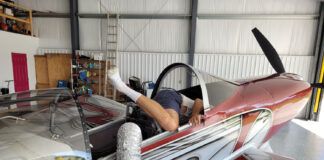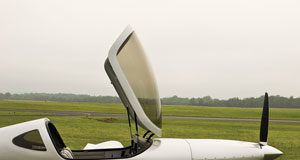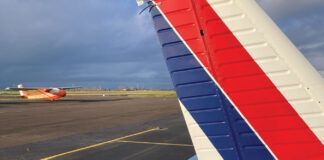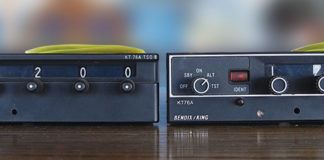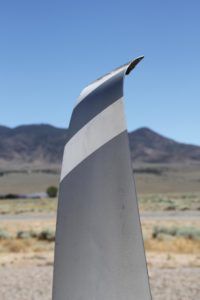
There you are on short final and everything is dialed in for a perfect landing, then after the dust settles, you know it wasn’t that good of a landing after all. For the rest of this story let us assume the following: a) no one was hurt; b) your plane was damaged; c) you purchased insurance that covers damage to your plane and d) all of the conditions of your insurance policy were met.
What happens now? And what unique conditions must you consider as a homebuilder? Before we go further, please note that it’s important to discuss these conditions and provisions with your insurance company before you take out a policy on your airplane.
What You Must Do
Your policy usually will have a provision spelling out your duties after an accident or loss, such as telling you that you need to take reasonable steps to protect your plane from further damage. This may include theft and vandalism. You also have a duty to promptly notify your insurance company of the damage. This notification should include the date, time, location, circumstances of the accident/incident/event. If there are any witnesses you should also include their names and contact information. Hopefully you are carrying your insurance policy ID card in your wallet or the plane with the contact information for your insurance company’s claim department. That card will most likely also include a list of what to do after an accident. If you don’t have an ID card contact your insurance company and get one ASAP.
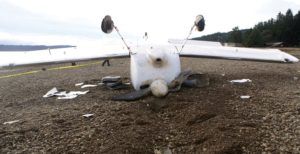
In fulfilling your duties after the loss, the best protection of your damaged aircraft may involve leaving the plane right where it is. If that is the case, it is a good idea to remove all portable equipment and also pull out the removable avionics and instruments from the panel. You really don’t want a landing accident claim to also become a theft claim, which then involves filing a police report. Even if your plane is safely moved to a secure area, you should take all portable items and removable avionics. Make sure you notify the facility that is storing your plane and your insurance company what items you took with you. Keep them safe, since your insurance adjustor will want to inspect them. Depending on the definitions in your policy those items may need to be returned as part of the plane in the event of a total loss. Most policies will pay for or reimburse you for reasonable costs incurred in protecting your plane after the accident.
If your plane needs to be moved to clear a runway or taxiway, or you are ordered to move your plane by a local authority (airport manager), you can move the aircraft to a safe area. It is best if there is someone with the proper equipment and experience to move the plane without causing further damage. There have been times when the initial accident resulted in a damaged plane that was repairable only to have the aircraft become unrepairable because of additional damage caused while moving it.
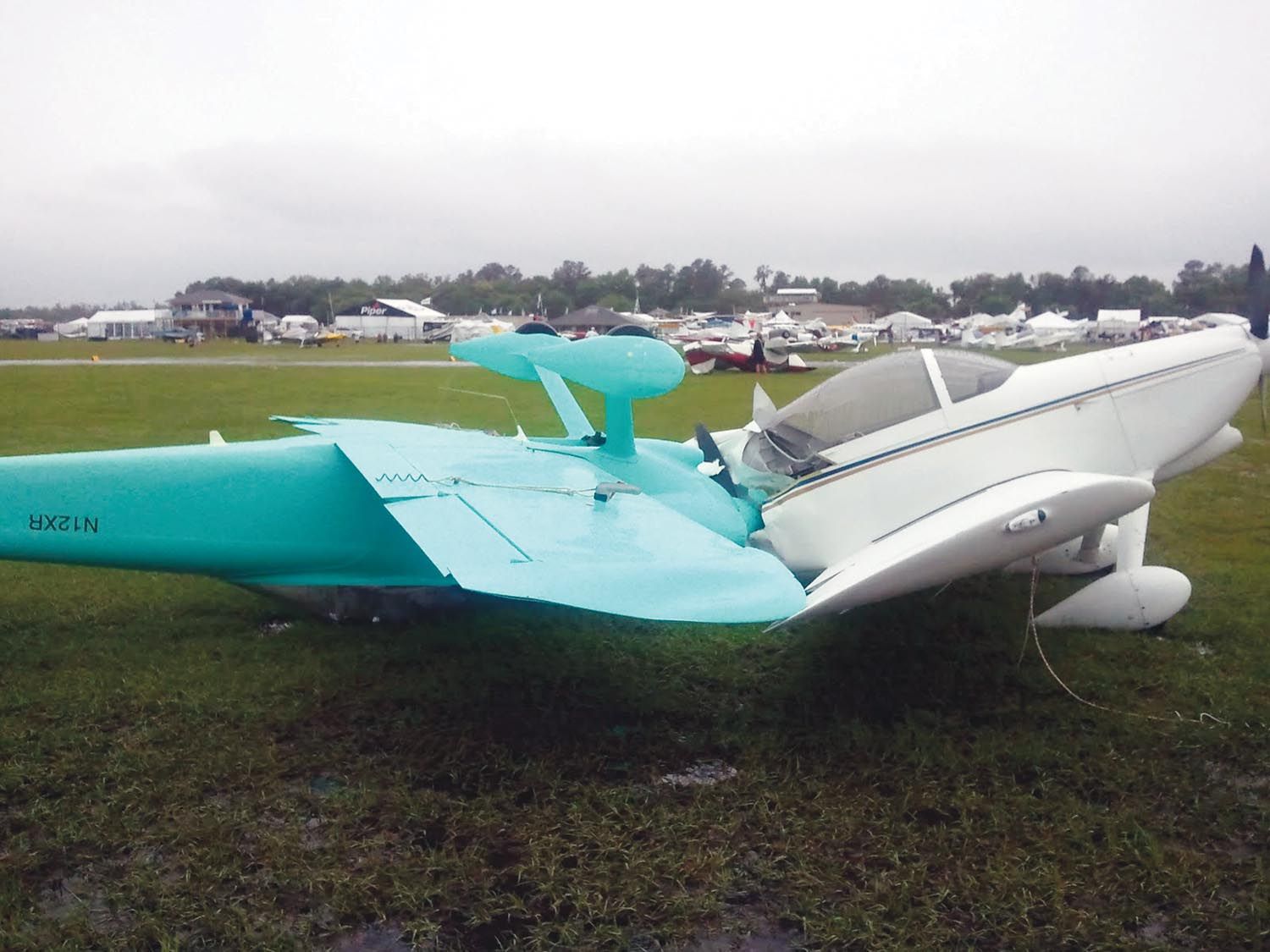
Total Loss
For insurance purposes, an airplane is a total loss when it is not economically feasible to repair it and return it to the condition it was in prior to the loss. The insurance policy typically has a definition of what counts as a total loss. Two common methods of determining a total loss are: if the cost to repair the plane plus the estimated salvage value of whatever is left of the plane is equal to or greater than the insured value of the plane, it’s a total loss. For example if the aircraft is insured for $80,000, the cost of repair is $50,000 and the salvage value is $30,000, the insurance company will consider that a total loss. The second possibility is when the policy states that a percent of the insured value is the tipping point of the plane being a total loss. Usually the percentage is about 70% of the insured value.
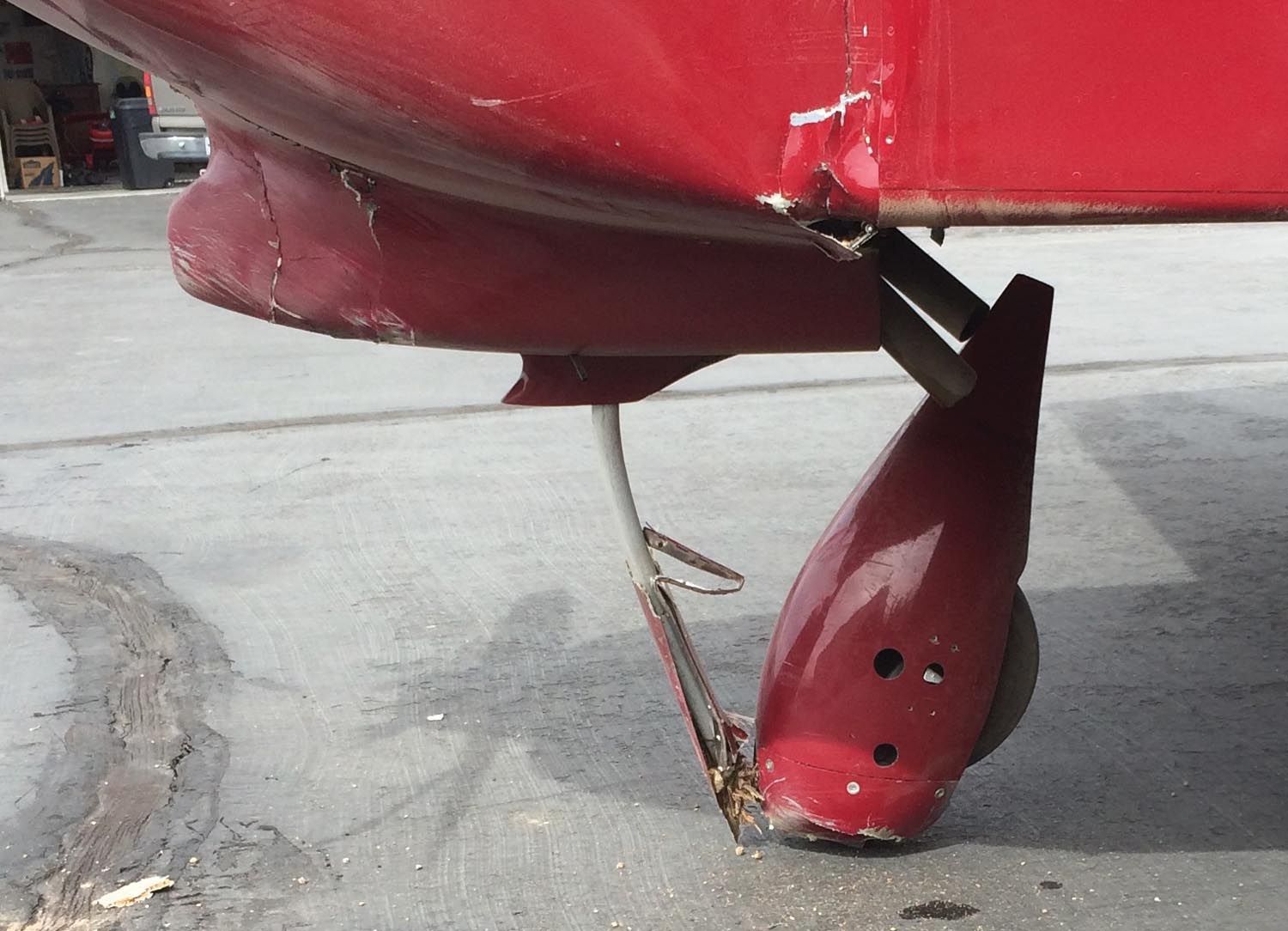
Homebuilders often look for a third alternative if the figures are close: to negotiate a settlement that will allow them to keep the salvage. This is where it becomes crucial to know the conditions of your policy before you purchase insurance. Occasionally a policy will give you the first rights to buy the salvage, but often it doesn’t include the first rights to the salvage. Even if they do, it is the insurance company that will set the value of the salvage based on their experience with your type of plane or similar aircraft. Your choice is to accept their offer, negotiate a different offer, if possible, or decline their offer and take your chances bidding against other potential salvage buyers. If you are interested in retaining the salvage it is good idea to let the insurance company know as soon as possible.
So Maybe It’s Repairable
Let’s go back to the landing and look at the claim as if the aircraft were repairable. Most aircraft policies are written on a stated value basis, meaning in the event of a total loss the insurance company will pay you the value you and they agreed on for hull (physical damage) coverage when you took out the policy. You’ll need to read your policy since the handling of deductibles and unpaid premiums are spelled out in the policy. Same goes for the things they will pay if the airplane can be repaired vs. the things they won’t. For example, if you haven’t painted your plane yet, the insurance company is not going to paint it as part of the repair.
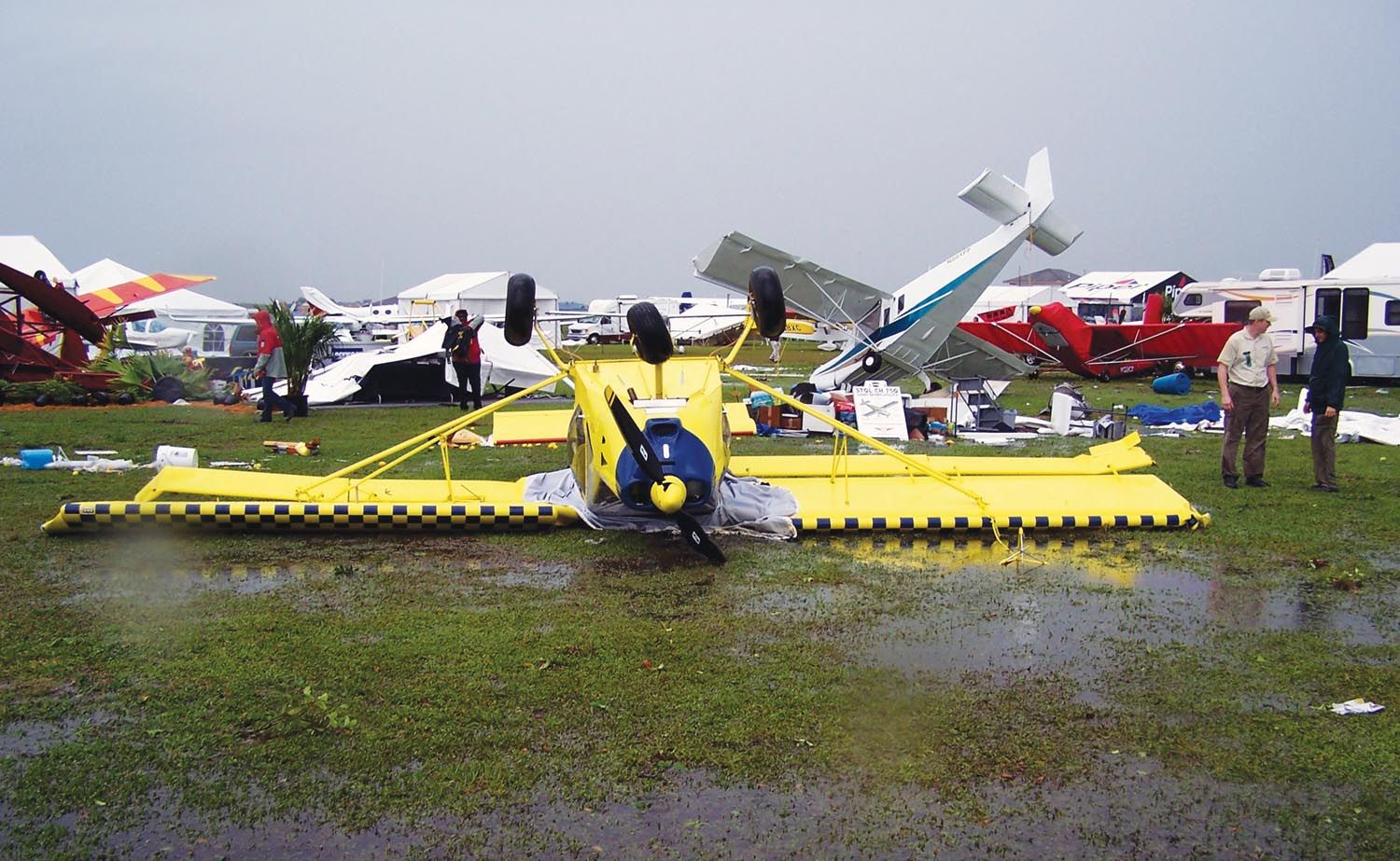
Even though you provided information about yourself and your plane when applying for insurance, the adjustor will need to verify the information. To help the claim settlement process along, have the documentation on the aircraft and yourself as the pilot available for the adjustor to inspect. In olden days the adjustor would ask to have your original certificates and logbooks so they could make a copy. Nowadays, the adjustor will photograph the certificates and pertinent pilot logbook pages (recent flight time, last dual received, current flight review, valid medical document). If the FAA or NTSB asks for your aircraft certificates and pilot logbooks, make a copy for the adjustor or if possible delay sending your documents to the FAA or NTSB until after the adjustor has recorded the information needed for the claim file.
The adjustor will also get a statement from you about the accident. It may be a written statement or a recorded conversation or telephone call. The adjustor may also take statements from any witnesses.
What’s It Going to Cost?
So, now all of the documentation has been provided by you, reviewed by the insurance company (their claim department) and coverage has been confirmed. The next step is to get a bid for repairs. Preferably, several bids from different shops. Here is where the challenge comes in for a homebuilder. Depending on the damage, there may not be many, or any, shops interested in doing the repairs on a plane you built yourself. If you want to do the work, you may still have to submit a bid to repair your own plane. Your policy may have language that puts some parameters on the hourly rate for your labor. If it is not addressed, then any labor expense you bid will need to be negotiated with the insurance company. Remember, if you do include labor in your bid, it is part of the equation in determining if your plane is repairable or will be considered a total loss. You and the insurance company will come to an agreement as to the cash value of the damage (parts and labor). At that point, you can work (or not work) on the plane as your interest or time permits. You should also know that if the insurance company continues to insure your plane, the insured value will be decreased by the amount of the settlement. Typically, you can add back value to the plane as the repairs are completed.
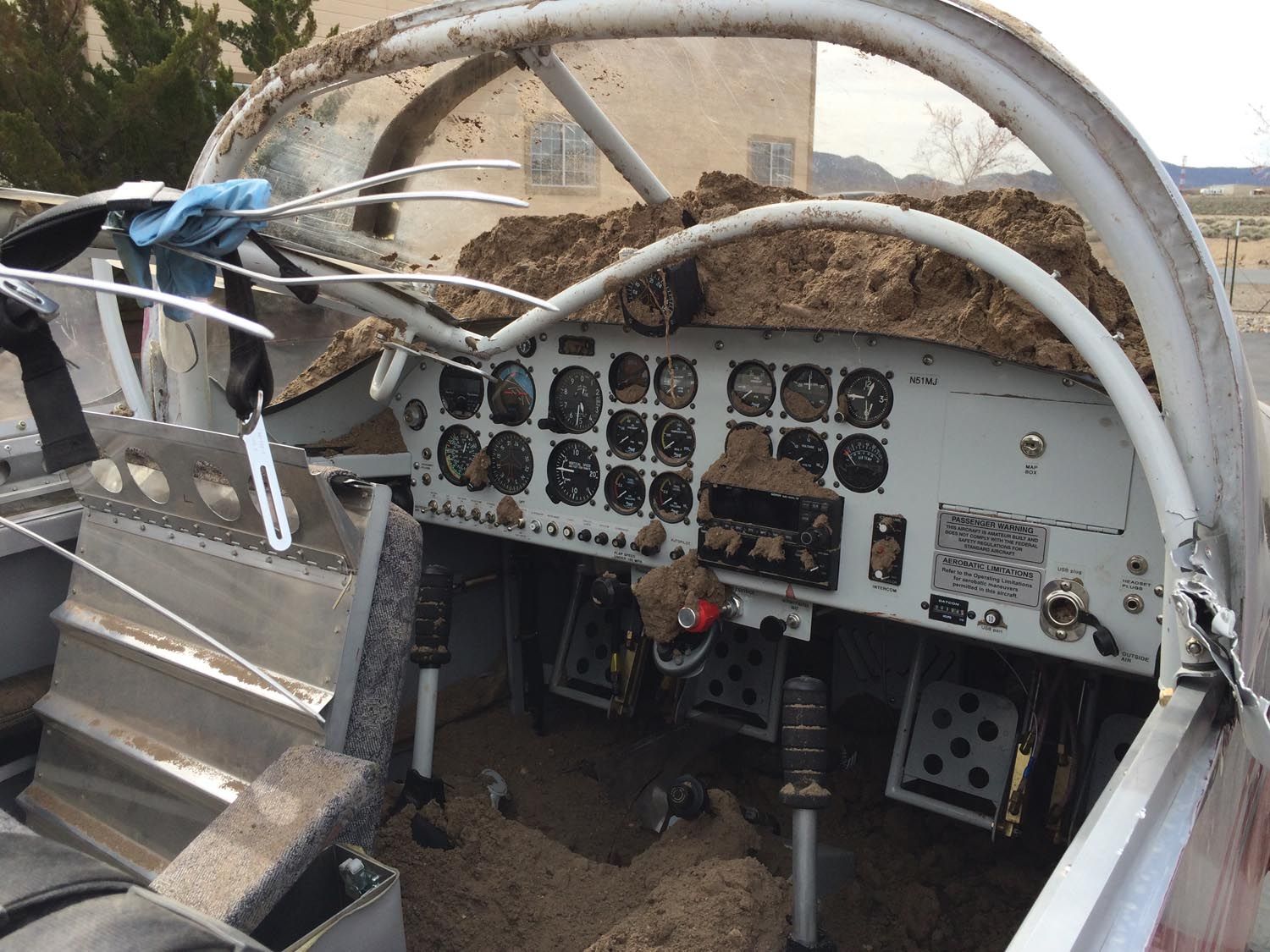
What could complicate accident repairs to a homebuilt plane? Transportation for repairs is calculated into the equation in determining if your plane is repairable or a total loss. If there is only one shop that will take on the job and it is on the other side of the continent from you, the transportation costs may move your plane from the repairable column to the total loss column. The engine may also be a factor that limits who will work on your plane (who has experience on a converted Wankel rotary engine?). What customized features have you built into your plane? You built the plane the way you did because you enjoyed the building process and you wanted to incorporate specific items (multi-function motorcycle throttle on the stick?) into the plane. A shop may look at repairing your plane as a combination of discovery, reverse engineering and unconventional re-assembly. None of which is bad, it is just different than repairing a certificated plane.
No one plans to have an accident, but knowing your options for repairs when you decide what plane you want to build, or purchase, may prevent unpleasant surprises later on.
Photos: Katie Bosman Krotje, Paul Dye, and NTSB

